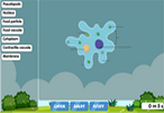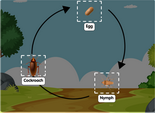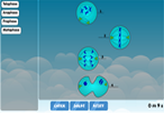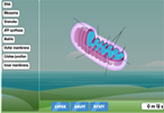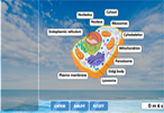Euglena diagram labelling game
Some organisms, like plants, use raw materials from their environment to produce their own food in their bodies. We call these organisms “autotrophs.” Other living things, such as humans and animals, simply eat food to gain nutrients – these are known as “heterotrophs.”
The Euglena is strange in that it can both produce and eat food. Some scientists call such organisms as “mixotrophs.”
To understand how this eukaryotic microbe is capable of such a feat, we need only observe its anatomy.
Most Euglena species look like a bowling pin with a tail. It uses this whip-like tail – the flagellum – to move and swim around. It eats by absorbing food particles and smaller microbes in a process called phagocytosis.
To produce food, the organism also possesses chloroplasts – the same cell found in plants that can take in sunlight to start the photosynthetic reaction. Organelles such as the eyespot and photoreceptor help the organism detect places with a lot of sunlight.
The Euglena is also home to many familiar organelles – it possesses a nucleus, mitochondria, rough and smooth endoplasmic reticulum, Golgi apparatuses, and lysosomes, among others.
Feel free to use our Euglena diagram labelling game to hone your understanding of this fascinating microorganism and its odd anatomy and morphology.

